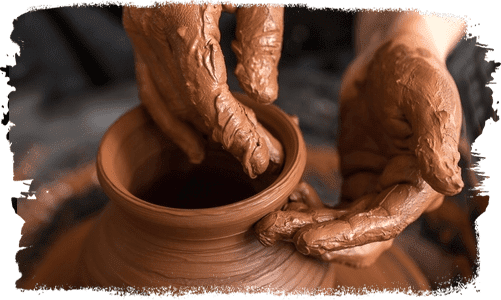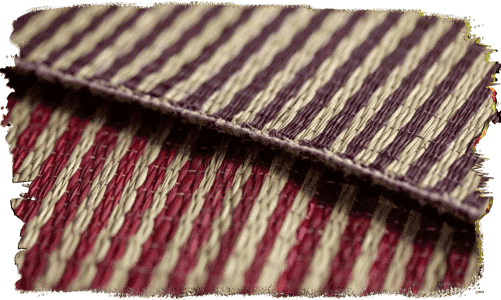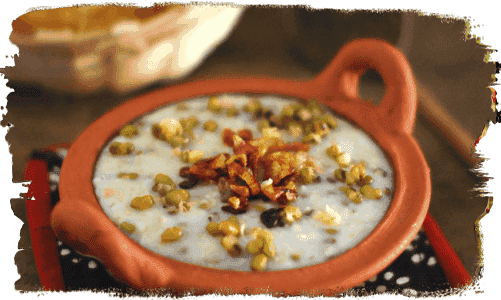Discovering the soul of the land through craft villages…
Traditional crafts were a product of a pleasant interaction between mankind and nature. Ancient communities worked around their homes with no pressure of deadlines, no planning and no command or orders to follow. They hand-crafted beautiful utilitarian artefacts out of their imagination. An object to suffice a daily chore; to pacify a need of faith; an artistic expression or just to hone the dexterity of a pair of hands. In many cases, these crafts became proof of existence of civilizations
Deep within its bowels, a craft holds dear the myths, legends, and faiths that lent it its form. These stories desperately need to be shared with the modern day audience. These stories not only help the society to appreciate the craft but also offer many a lessons about humble living. It’s the transfer of this value-system more important than the craft itself.
Handicrafts have gone through and survived many a storms at the hands of increased industrialization and overall paradigm shifts in the crafts’ production and consumption ecosystem. The global consumer now slowly wakes to the actual ecological price that the increasingly mechanized and plastic-addicted industries entail. They are more willing now than ever before to hear and pay heed to the tales of craft.
The Graamyam project was conceived to play the key role of storytelling, and to bring social and commercial benefits to the artisan communities. We desire to become the instrument though which the artisans can connect with the global audience. We desire to be the resource which helps craft sell not as objects but stories and ideologies. We are trying to make not just ‘sales’ but ‘dialogues’ between the craftsmen and their patrons, encouraging ‘co-creation’ possibilities and a collective growth. We are committed to keeping all the good practices intact and all processes humane, just and ecologically balanced.
We want to identify and recognise the talented artisan. We want to bring their face in front of the world







